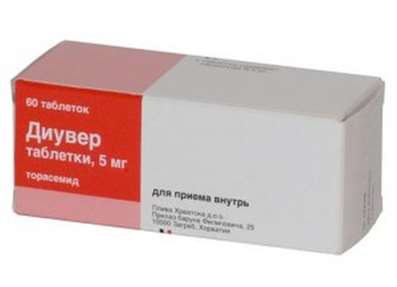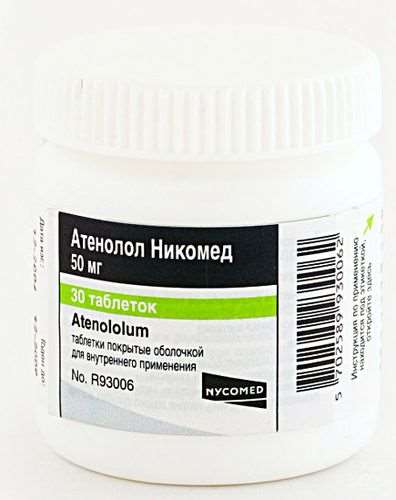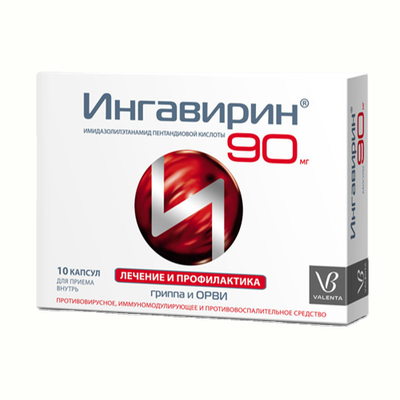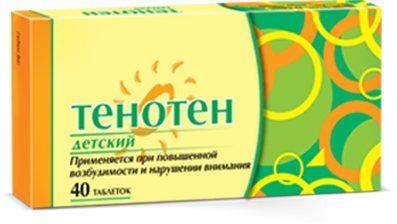Alprostan has a vasodilating and angioprotective action.
Pharmacodynamics
Improves microcirculation and peripheral circulation, expands arteries, arterioles and relaxes pre-capillary sphincters; improves the rheological properties of blood, increases the plasticity of erythrocytes; has an effect on hemocoagulation, reducing the adhesion and aggregation of platelets. Has a fibrinolytic effect. It has an antiatherogenic effect, slowing the activation of neutrophils, excessive proliferation of cells of the vascular wall. Strengthens the collateral blood flow. In the systemic and pulmonary circulation, there is a vasodilatation. Promotes increased blood flow in the cavernous bodies.
Reduces OPSS, AD, reflexively increases heart rate, which leads to an increase in cardiac output. Stimulates the smooth muscles of the intestine, bladder and uterus; suppresses the secretion of gastric juice.
Indications:
- chronic obliterating diseases of peripheral arteries of the III-IV stage (according to Fontaine's classification), accompanied by pains in the extremities at rest or trophic disorders (obliterating endarteritis with severe intermittent claudication, when surgical intervention is not shown, arteriosclerosis of the arteries of the extremities, Reynaud's syndrome with trophic disorders, diabetic angiopathy , Berger's disease, vasculitis with systemic scleroderma, peripheral circulatory disturbances as a result of exposure to superliminous vibrations thirds);
- the need for temporary preservation of the functioning arterial duct before reconstructive cardiosurgical intervention in congenital ductus-dependent heart defects in newborns.
Contraindications:
- ·acute and subacute myocardial infarction;
- severe or unstable angina;
- broncho-obstructive syndrome of severe degree with signs of respiratory failure, edema or infiltrative changes in the lungs;
- severe liver dysfunction;
- conditions characterized by the risk of bleeding (peptic ulcer of the stomach and duodenum in the acute phase, severe damage to the vessels of the brain, proliferative retinopathy with a tendency to bleeding, extensive trauma);
- simultaneous appointment of vasodilators and anticoagulants;
- pregnancy;
- lactation (breastfeeding);
- hypersensitivity to alprostadil;
- age to 18 years (with the exception of the neonatal period) and older than 75 years.
Suggested Use:
Adults in the treatment of chronic obliterating diseases of the arteries Alprostan appointed IV drip in a dose of 50-200 mcg once a day or in more severe conditions 50-100 mcg 2 times a day. As a solvent, 200-500 ml of saline, 5% or 10% glucose solution is used. Duration of infusion - at least 2 hours. The solution should be prepared immediately before administration. The duration of therapy is an average of 14 days, with a positive effect, treatment can continue for 7-14 days. The maximum duration of therapy is 4 weeks. In the absence of a positive effect within 2 weeks from the start of treatment, further use of the drug should be discontinued.
With congenital ductus-dependent defects in newborns, Alprostan is administered by continuous infusion through large veins or via the umbilical artery directly into the mouth of the arterial duct. The initial dose is 0.01-0.05 μg / kg / min. If necessary, the dose can be increased to 0.1 μg / kg / min. When the therapeutic effect is achieved, the dose is reduced to the minimal maintenance (0.01-0.02 μg / kg / min).
Side effects:
From the side of the central nervous system: headache, dizziness, fatigue, a feeling of malaise.
On the part of the digestive system: a feeling of discomfort, nausea, vomiting, diarrhea; increased activity of hepatic transaminases, hyperbilirubinemia.
On the part of the cardiovascular system: tachycardia, arterial hypotension, angina attacks, heart rhythm disturbances, AV blockade, pulmonary edema, cardiovascular failure.
On the part of the hematopoiesis system: leukopenia, leukocytosis.
Allergic reactions: urticaria.
Other: increased sweating, hyperthermia of the body, increased titer of C-reactive protein; with a long course of treatment (from 4 or more weeks) - hyperostosis of tubular bones; hematuria.
Local reactions: swelling of the extremity, the vein of which is infusion.
In newborns:
From the side of the central nervous system: increased irritability, convulsions, drowsiness.
On the part of the digestive system: peritoneal symptoms, hyperbilirubinemia, diarrhea.
From the cardiovascular system: arterial hypotension, bradycardia, tachycardia, shock, acute heart failure, heart rhythm disturbances, AV blockade.
On the part of the respiratory system: respiratory depression (up to apnea), decreased respiratory function (bradypnea, tachypnea).
On the part of the hematopoiesis system: DIC-syndrome, bleeding, thrombocytopenia, anemia.
From the urinary system: a decrease in kidney function, anuria, hematuria.
Allergic reactions: skin rash, tachyphylaxis.
Other: hyper- or hypothermia of the skin, hyperemia of the skin, hypo- or hyperglycemia, hypertension of the neck muscles, hypercapnia. With prolonged therapy (within a few weeks), hyperostosis may appear in the bones of the lower limbs.
With the development of side effects, the dose of the drug is recommended to be reduced.
Packaging:
- Comes in original packaging. Item is brand new and unopened.
Storage:
- Keep away from direct sunlight.
- Keep locked and away from children.
- Store in dry place at room temperature.
- Do not exceed storage temperature higher than 25 C
Important notice- the outer box design may vary before prior notice!

 Cart
Cart





